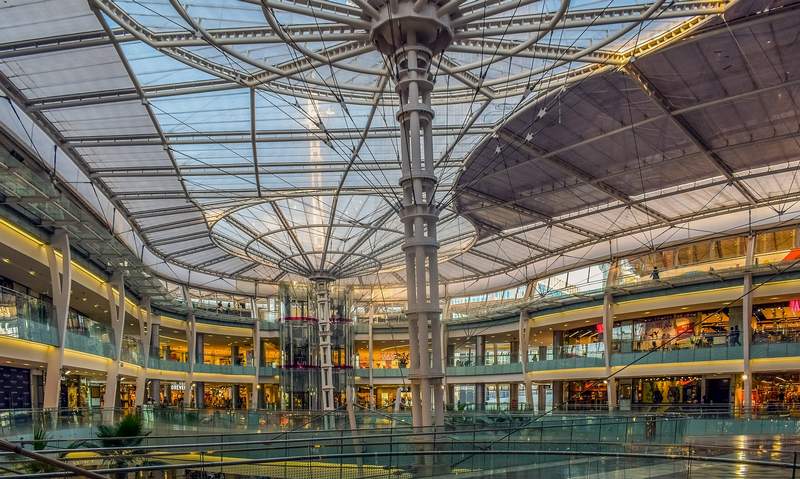A shopping center (or a mall, with a more excellent economy of language in other parts of the world) is a place that attracts more commercial traffic to a street than any other place.
Indeed, the most essential thing in a shopping center is to stand out from the competition.

The difference between street and mall traffic is that the shopping center has a greater willingness to buy. Not necessarily the people who pass by your store in the street do so with the intention of buying. In a shopping center the entire market is concentrated in a very effective way.
How to stand out
How to decorate a place in a mall. With the problem or not, it depends on how we want to look at it, from the competition, the public compares among all its options. Remember also that there will be few, your fight is to take the maximum proportion of customers. There will be premises for each of the market sectors, including access control systems, but it is challenging that one or more of the premises of a mall does not end up as a loser.
And it is that the competition brings that, victories and defeats. To win you need to take risks, get a commercial design that is consistent with your business idea and that attracts the attention of the public in any way. In social networks like Pinterest, you can find some examples of the most extravagant commercial stores. Then you just have to bring your idea to us and we’ll tell you how to make it happen.
Keep it clear
When you enter a mall, your mind stops paying attention, your brain no longer thinks for you. You don’t do what you want in a mall, you do what your designers want you to do. Well, maybe the reality is not exactly like that, and we still have a little free will to enter a crowded mall on a Saturday afternoon, but there is an entire industry behind the design of these facilities, an army of marketing experts and consumerist behavior with an arsenal of tricks and strategies to make you buy more, much more than you really want and need.
Here a small compendium of those mentioned in the video in question:
- Access to the mall without stimuli to let our minds acclimatize. Suppression of clocks and clear vision of the exterior to lose the sensation of the passage of time in the consumer
- Corridors full of stimuli and excesses in light (both by lighting and by reflection of the ground) and noise (floors made of materials that bounce the sound as well as music), which “force” the consumer to “take refuge” in a store, where the light is much more acclimatized, the music more tempered and the floors, probably carpeted, much more comfortable to walk.
- The positioning of the products on which you want to draw attention just to the right of the entrance (since, statistically, the vast majority of us do precisely that, turn right, when we enter a store). Dissemination of the most purchased products throughout the store, to force us to go through it to find them and thus increase the likelihood of buying other products.
These are just some of the many techniques used, but they can already give us a clear idea of what they do to our defenceless consuming minds.

